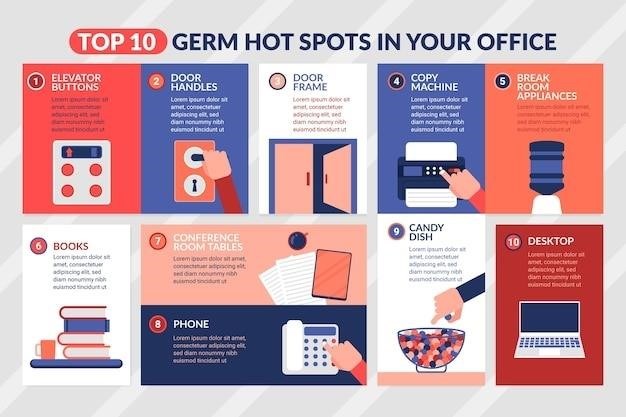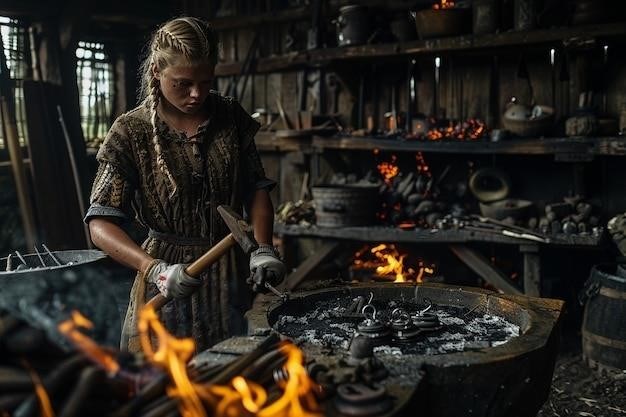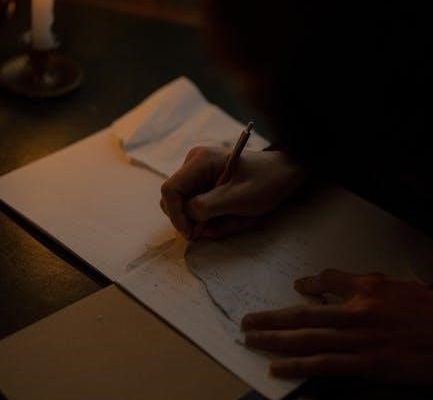Step-by-Step Cross Stitch Symbols Guide
Welcome to this comprehensive guide on cross stitch symbols! Learn how to decipher and stitch using symbols with our detailed, step-by-step approach. Perfect for beginners, this guide breaks down complex patterns into manageable steps, covering essential stitches and techniques. Whether you’re new to cross stitching or looking to refine your skills, this guide offers clear instructions and tips for accurate stitching. By the end, you’ll be confident in reading charts and mastering various stitches, ensuring your projects turn out beautifully every time.
Cross stitch symbols are the foundation of every stitching project, serving as visual guides to create beautiful designs. These symbols represent different stitches and colors, helping crafters bring patterns to life. Whether you’re a beginner or an experienced stitcher, understanding these symbols is crucial for accuracy and creativity. This guide will walk you through the basics, from recognizing common symbols to mastering advanced techniques. By learning to read and interpret these symbols, you’ll gain confidence in your stitching abilities and unlock a world of artistic possibilities. With practice, you’ll seamlessly translate symbols into stunning cross stitch creations, making every project a joyful and rewarding experience.
Understanding Basic Cross Stitch Symbols
Cross stitch symbols are essential for guiding stitchers. Common symbols include full crosses, half stitches, and backstitches, each representing specific stitches. They ensure clarity and precision.
What Are Cross Stitch Symbols?
Cross stitch symbols are visual representations used in patterns to guide stitchers. These symbols, often small and distinct, indicate where and how to place each stitch on fabric. They come in various forms, such as crosses, fractions, and lines, each corresponding to a specific type of stitch. Symbols are typically organized in charts or grids, making it easier to follow the design. By understanding these symbols, crafters can accurately interpret patterns and create beautiful, intricate designs. They are universal, allowing stitchers of all levels to work on projects with precision and confidence. This system ensures clarity and consistency in stitching.
Types of Cross Stitch Symbols
Cross stitch symbols vary to represent different stitches and techniques. The most common include the full cross, half stitch, quarter stitch, and backstitch. Each symbol has a unique visual representation. The full cross is a standard “X,” while the half stitch appears as a diagonal line. The quarter stitch is a smaller mark, and the backstitch is a straight line. These symbols guide stitchers on where to place thread and fabric. Additionally, specialty stitches like the three-quarter stitch and French knot have distinct symbols. Understanding these symbols is key to interpreting patterns accurately. They are universally used, ensuring consistency across designs. By recognizing each symbol, crafters can execute stitches confidently and achieve professional-looking results in their projects. This clarity makes stitching accessible to all skill levels, from beginners to experts.
Importance of Recognizing Symbols

Recognizing cross stitch symbols is crucial for achieving accurate and beautiful results. Symbols serve as a visual language, guiding stitchers on fabric, thread, and stitch placement. Misreading them can lead to errors, forcing time-consuming corrections. Accurate symbol recognition ensures that patterns are replicated faithfully, maintaining the designer’s intent. It also enhances stitching efficiency, as stitchers can work confidently without frequent pauses to verify instructions. For beginners, mastering symbols builds a strong foundation, reducing frustration and fostering creativity. Experienced crafters benefit by working seamlessly across diverse patterns. Ultimately, understanding symbols unlocks the full potential of cross stitching, allowing crafters to enjoy the therapeutic benefits and pride in their handmade creations. This skill is essential for producing high-quality, professional-looking embroidery pieces that stand the test of time.

Common Cross Stitch Symbols Explained
Discover the essential cross stitch symbols, including full cross, half, quarter, and backstitch. Each symbol represents a specific stitch, guiding you to create accurate and beautiful designs effortlessly.
Full Cross Stitch Symbol
The full cross stitch symbol is the most common and essential stitch in cross stitching. It is represented by two diagonal lines crossing each other, forming an “X” shape. To create a full cross stitch, bring your needle up through the fabric at the top left of the square, insert it back at the bottom right, then bring it up again at the top right and insert it at the bottom left. This forms a complete “X” that covers the entire square. Ensuring even tension is key to avoid distorting the fabric. This stitch is foundational to cross stitching and is widely used in most patterns. Mastering the full cross stitch is a must for any stitcher, as it forms the basis of many designs and techniques.
Half Stitch Symbol
The half stitch symbol is represented by a single diagonal line in the cross stitch chart, indicating a partial stitch. It is typically used to add detail or shading in a design. To stitch a half cross, bring your needle up at one corner of the square and insert it diagonally to the opposite corner, creating a single line. This stitch is often used in combination with other stitches to create texture or depth. Unlike the full cross, the half stitch covers only half the square, making it ideal for intricate patterns. Maintaining consistent tension is important to ensure the stitch lies flat and even. This stitch is versatile and commonly used in various cross stitching projects to achieve subtle details and nuances in the design.
Quarter Stitch Symbol
The quarter stitch symbol appears as a small diagonal line in one corner of a square on the cross stitch chart. It is used to create subtle details or blend colors. To stitch a quarter cross, bring your needle up at the center of the square and insert it into the corner, making a small diagonal stitch; This stitch is often used in detailed areas, such as faces or flowers, to add depth without covering the entire square. It is important to keep the stitch small and precise, as it can significantly impact the design. Quarter stitches are commonly used in combination with other stitches to achieve intricate patterns and shading effects, making them a versatile tool in cross stitching. Proper tension ensures the stitch lies flat and blends seamlessly with surrounding stitches.
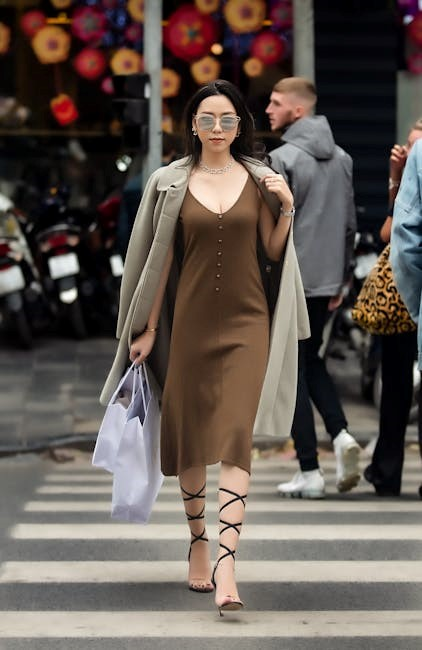
Backstitch Symbol
The backstitch symbol is represented by a long, straight line on the cross stitch chart, often indicating a continuous line. It is used to create outlines, details, and text in a design. To stitch a backstitch, bring your needle up at the starting point and insert it at the end of the line, creating a straight stitch. This stitch is typically worked after completing the cross stitches, as it adds definition and structure to the design. Backstitches are especially useful for creating bold outlines, stems, and small details. When stitching, maintain consistent tension to ensure smooth, even lines. This stitch is versatile and enhances the overall clarity of your cross stitch project, making it a essential skill for any stitcher.
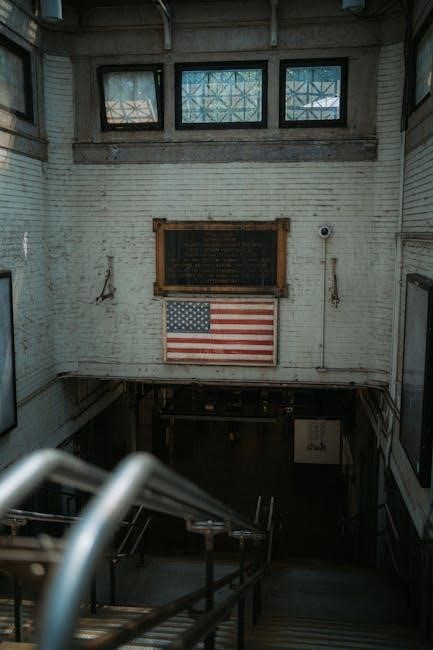
How to Read a Cross Stitch Chart
Mastering how to read a cross stitch chart involves recognizing symbols, following the grid layout, and understanding color codes. Start from the center and count carefully to ensure accuracy and avoid mistakes.
Understanding the Chart Layout
Understanding the chart layout is essential for accurate stitching. Cross stitch charts are typically represented as a grid of squares, where each square corresponds to a stitch. The chart will often have a central point marked, which serves as the starting reference. Symbols are placed within the grid to indicate where specific stitches should be made. Colors are coded to match the thread shades, and some charts include numerical or alphabetical labels for clarity. It’s crucial to count stitches carefully and refer to the legend for symbol meanings. Many charts are provided in PDF formats for easy zooming and readability. Always start stitching from the center to maintain symmetry and avoid misalignment. Using a highlighting tool can help track progress and reduce errors. By familiarizing yourself with the layout, you’ll navigate the chart confidently and achieve professional results.
Identifying Rows and Columns
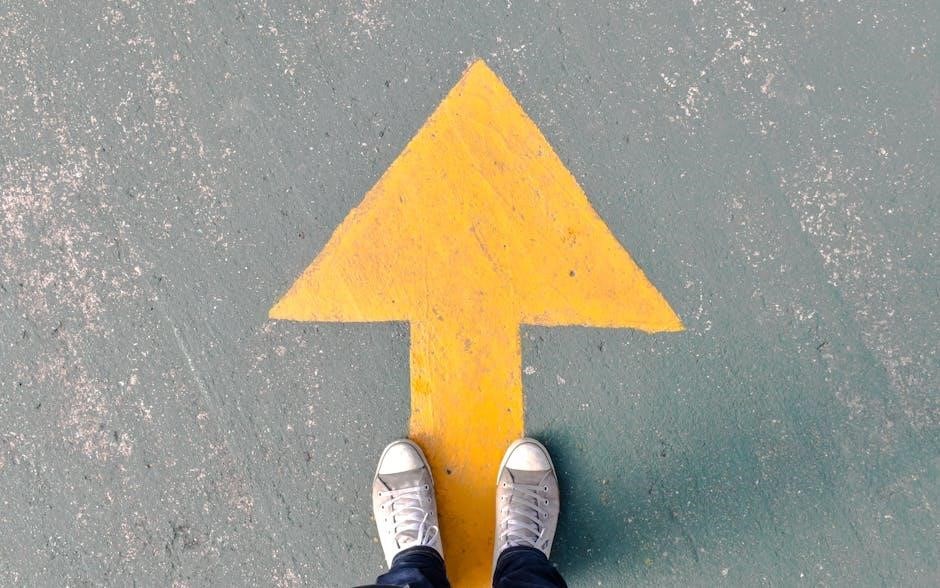
Identifying rows and columns is crucial for accurate stitching. Cross stitch charts are organized into a grid system, where each row and column is clearly marked. Rows typically run horizontally, while columns run vertically. Many charts include numbers or letters along the edges to label each row and column, making it easier to navigate. Start by locating the center point, often marked with a symbol or bold line, to ensure symmetry. Count each row carefully, using the labels as guides. If your chart includes a key or legend, refer to it for specific stitching instructions. Highlighting rows as you complete them can help maintain organization. Always double-check your counts to avoid misalignment, especially when working on complex designs. This method ensures precision and helps you stay on track.
Recognizing Color Codes
Recognizing color codes is essential for accurately following a cross stitch chart. Most charts use a color key, where each symbol corresponds to a specific thread color. These codes are usually found on the edge of the chart or in a separate legend. Each color is represented by a unique symbol or abbreviation, which you can match to your floss. Some charts may also include a number or letter code alongside the symbol for clarity. Always refer to the key before starting to ensure you use the correct thread for each stitch. Highlighting or circling the color codes can help you quickly identify them as you work. This system ensures consistency and accuracy in your stitching, making your final design vibrant and true to the pattern.
Step-by-Step Guide to Stitching Symbols
Master stitching symbols with this easy-to-follow guide. Learn to create full crosses, half stitches, quarter stitches, and backstitches. Each step is explained clearly for precision and success.
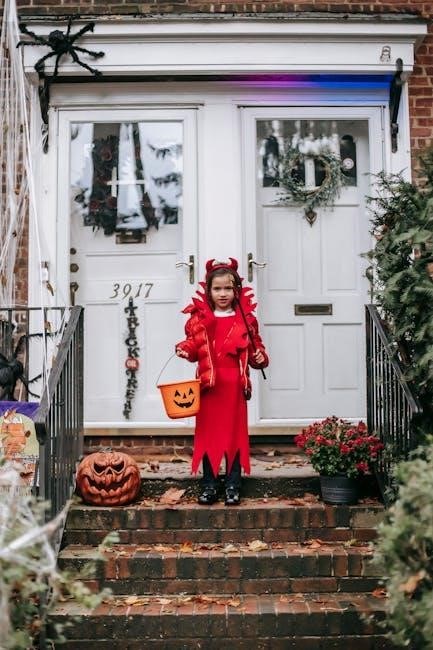
Stitching a Full Cross
A full cross is the most common stitch in cross stitching. To create it, bring your needle up through the fabric at the center of the stitch location. Insert the needle diagonally across the square to the opposite corner and pull the thread gently. This forms the first diagonal. Next, bring the needle up again at the starting point and insert it diagonally in the opposite direction, completing the cross. Ensure the stitches lie evenly and the fabric remains taut. This stitch is the foundation of most designs, so accuracy is key. Practice on scrap fabric to achieve consistent results before starting your main project.
Stitching a Half Cross
A half cross is a foundational stitch in cross stitching, often used for details or backgrounds. To stitch a half cross, bring your needle up through the fabric at the center of the stitch location. Insert the needle diagonally in one direction, either from top-left to bottom-right or top-right to bottom-left, and pull the thread gently. This creates a single diagonal line across the square. Unlike a full cross, it doesn’t require a second diagonal. Half crosses are ideal for adding texture or shading to your design. To ensure accuracy, maintain even tension and avoid pulling the thread too tightly, which can distort the fabric. Practice on scrap fabric to master the technique before incorporating it into your main project.
Stitching a Quarter Cross
A quarter cross is a small diagonal stitch, typically occupying one corner of a fabric square. To stitch it, bring your needle up through the fabric at the starting point. Insert the needle diagonally in one direction, covering only a quarter of the square, and pull the thread gently. This stitch is often used for fine details or shading. Unlike a half cross, it doesn’t span the entire square. Quarter crosses are quick to stitch and add subtle texture to designs. To ensure clarity, maintain even tension and use the appropriate thread color. Practice stitching a few quarter crosses on scrap fabric to build confidence. Always check your work from the front and back to ensure consistency and accuracy.
Stitching a Backstitch
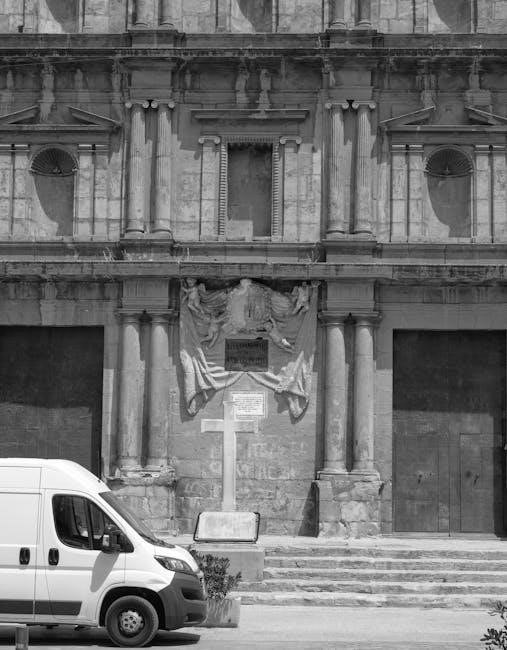
To create a backstitch, start by bringing your needle up through the fabric at the beginning point. Insert the needle one stitch length away in the opposite direction, then bring it back up one stitch length in the original direction. This forms a straight line. Backstitches are often used for outlines, details, and text. Stitch sequentially, moving in the direction of the design. Keep your stitches evenly spaced and tension consistent to ensure crisp lines. For thicker lines, stitch two backstitches side by side. Use a hoop to maintain fabric tautness and visibility. This stitch is foundational for adding definition and structure to your cross stitch projects, making it essential to master.

Tips for Working with Cross Stitch Symbols
Choose the right fabric, thread, and needle for your project. Use a hoop to keep fabric taut and ensure even stitching. Keep tension consistent for clean results.
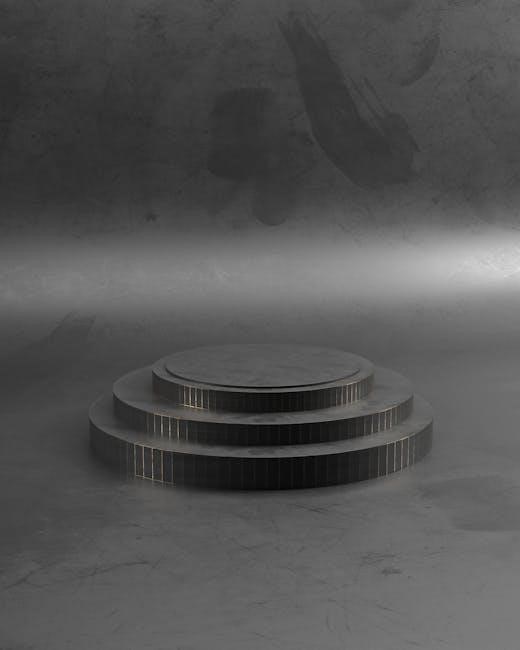
Choosing the Right Fabric
Selecting the appropriate fabric is crucial for a successful cross stitch project. Aida cloth and Evenweave linen are popular choices due to their even weave and smooth texture. Aida cloth is ideal for beginners as it has a clear, defined weave, making it easier to count stitches and follow patterns. Evenweave linen offers a more traditional look and feel, suitable for intricate designs. Always consider the project’s size and complexity when choosing fabric type and count. Using the right fabric ensures your stitches lie flat and your design looks professional. This step is foundational for achieving the best results in your stitching journey.
Selecting the Appropriate Thread
Choosing the right thread is essential for achieving the desired appearance in your cross stitch project. Cotton floss is the most commonly used thread due to its softness and vibrant colors. Stranded cotton, which can be separated into individual strands, allows for greater control over stitch thickness. Perle cotton, with its slightly glossy finish, is ideal for adding texture and visual interest. Always match your thread choice to the fabric and design complexity. Using high-quality threads ensures durability and color consistency. Consider the number of strands recommended for your pattern to maintain even stitching. Proper thread selection enhances the overall look and longevity of your stitched piece, making it a key step in your stitching process;
Using the Right Needle
Selecting the right needle is crucial for a smooth cross stitching experience. A tapestry needle, with its blunt tip and large eye, is ideal for cross stitch as it easily navigates through fabric without causing damage. Choose a needle size that complements your fabric type; larger needles work best with thicker materials, while smaller needles suit finer fabrics. Avoid using sharp sewing needles, as they can split the threads or pierce the fabric. The needle’s size should also match the thread you’re using to ensure even stitching. A high-quality, durable needle will glide smoothly, reducing eye strain and discomfort. Investing in the right needle enhances your stitching accuracy and overall enjoyment of the craft.
Common Mistakes and Solutions
Common errors include miscounting stitches, incorrect tension, and misreading symbols. Solutions involve double-checking counts, maintaining even tension, and carefully interpreting charts to ensure accuracy.
Miscounting Stitches
Miscounting stitches is a common issue, especially for beginners. It can lead to misalignment and pattern distortions. To avoid this, use a hoop or frame to keep fabric taut and visible. Count stitches regularly, marking completed sections on the chart. Use a needle threader to track your place. If you notice a mistake, unravel the stitches immediately to prevent further errors. Consistent tension also helps maintain accurate stitch counts. As you gain experience, your counting accuracy will improve, making your stitching process smoother and more enjoyable. Always double-check your work to ensure a flawless finish.
Incorrect Tension
Incorrect tension is a common issue that can ruin the appearance of your cross stitch project. If stitches are too tight, the fabric may pucker or distort, while loose stitches can make the design look sloppy. To maintain even tension, keep the fabric taut but not overly tight. Use a hoop or frame to help control the fabric. Avoid pulling the thread too hard, as this can cause tight spots. Instead, stitch gently, keeping a consistent pressure. If you notice uneven tension, adjust your stitching technique. Practicing on scrap fabric can help you develop the right touch. Proper tension ensures your stitches lie flat and even, creating a professional finish. Pay attention to how the thread sits on the fabric to achieve the best results.
Misreading Symbols
Misreading cross stitch symbols is a common mistake, especially for beginners. Symbols can be small or similar, leading to confusion. To avoid this, always use good lighting and magnification tools if needed. Take your time to study the chart and ensure you understand each symbol before stitching. Double-check symbols periodically to confirm you’re using the correct stitch. If unsure, refer to the legend or key provided with the pattern. Keeping the chart at eye level can help reduce errors. Additionally, using a highlighter or marker to track your progress can prevent misreading symbols and ensure accuracy. Stay focused and patient, as rushing can lead to mistakes. Regular breaks can also help maintain clarity and prevent misreading symbols.

